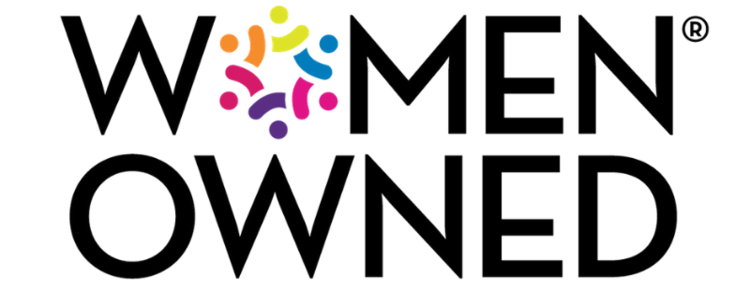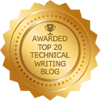Revisions, editing, and review are critical to producing successful written documents, but the process can easily turn wasteful, unhelpful, and unproductive. An effective review process requires a careful balancing act that recognizes the importance of editing (separate from writing) without inflating the process into a bloated mess. So, how can organizations make their reviewing and editing processes more time- and resource-efficient without sacrificing quality?
1: Recognize the importance of editing and review
Revisions are where the real writing happens. We’ve made that argument before, but it’s worth revisiting. Studies show that “effective revisers” are able to improve the quality of the document. The key here is skill. As with any other business-related skill, those workers who are better at a task will be able to complete it more effectively even as they simultaneously work faster. By contrast, those who are unskilled will take longer while committing more errors. Because revisions are so important, developing editing and revision skills is an investment that can pay off in a faster editing process.
In other words: spend time upfront strengthening revision skills to save massive time on future editing.
2: Consider the Pareto Principle
The Pareto Principle states that 80% of the effects are generated by 20% of the causes or that 80% of the results are generated by 20% of the effort. Think of it this way: you can reach “good enough” with just 20% of the effort it takes to reach “perfect.” Strivers trying to get from “good enough” to “perfect” will then spend a disproportionate amount of time for marginal gains in quality. Psychologist J. Clayton Lafferty told Psychology Today that perfectionists spend “more time on projects that is necessary. Ultimately, productivity suffers.” One way to streamline the editing process is to discern times when perfection is worth the investment of effort (perhaps a proposal that would elevate the business into a new playing field) versus when “good enough” is enough.
In other words: don’t over-edit; limit edits to the strictly necessary.
3: Edit with a strategy
Most people who must review and edit business documents do little more than slap the document on the table and pull out a red pen, but that’s a recipe for wasting needless time on the process. Instead, approach edits strategically and save time overall. First, have a strategy for editing individual documents. Consider the goal for the document and its intended audience: the strategy should be to edit anywhere the document can be better aligned with its objectives and readers. Second, think strategically about the entire writing and editing process to ensure it is not wasteful. For example, we once had a manager who spent an average of 16 hours a week – nearly half his workweek! – editing work produced by his engineers. This overloaded him and created a lot of stress and frustration among his team. This group had to completely re-think how they were handling the whole process.
In other words: avoid a haphazard approach to editing and adopt a focused strategy.
About Hurley Write, Inc.
Hurley Write, Inc., a certified women-owned small business (WBENC and WOSB), Historically Underutilized (HUB), and Disadvantaged Business Enterprise (DBE), has been designing and teaching customized onsite and online technical, business, and scientific writing courses for over 30 years. We also develop and teach specialty courses, such as how to write proposals and standard operating procedures (SOPs) and deviation and investigation reports, and how to prepare and give great presentations.
Links: Wikipedia, Psychology Today, internal


